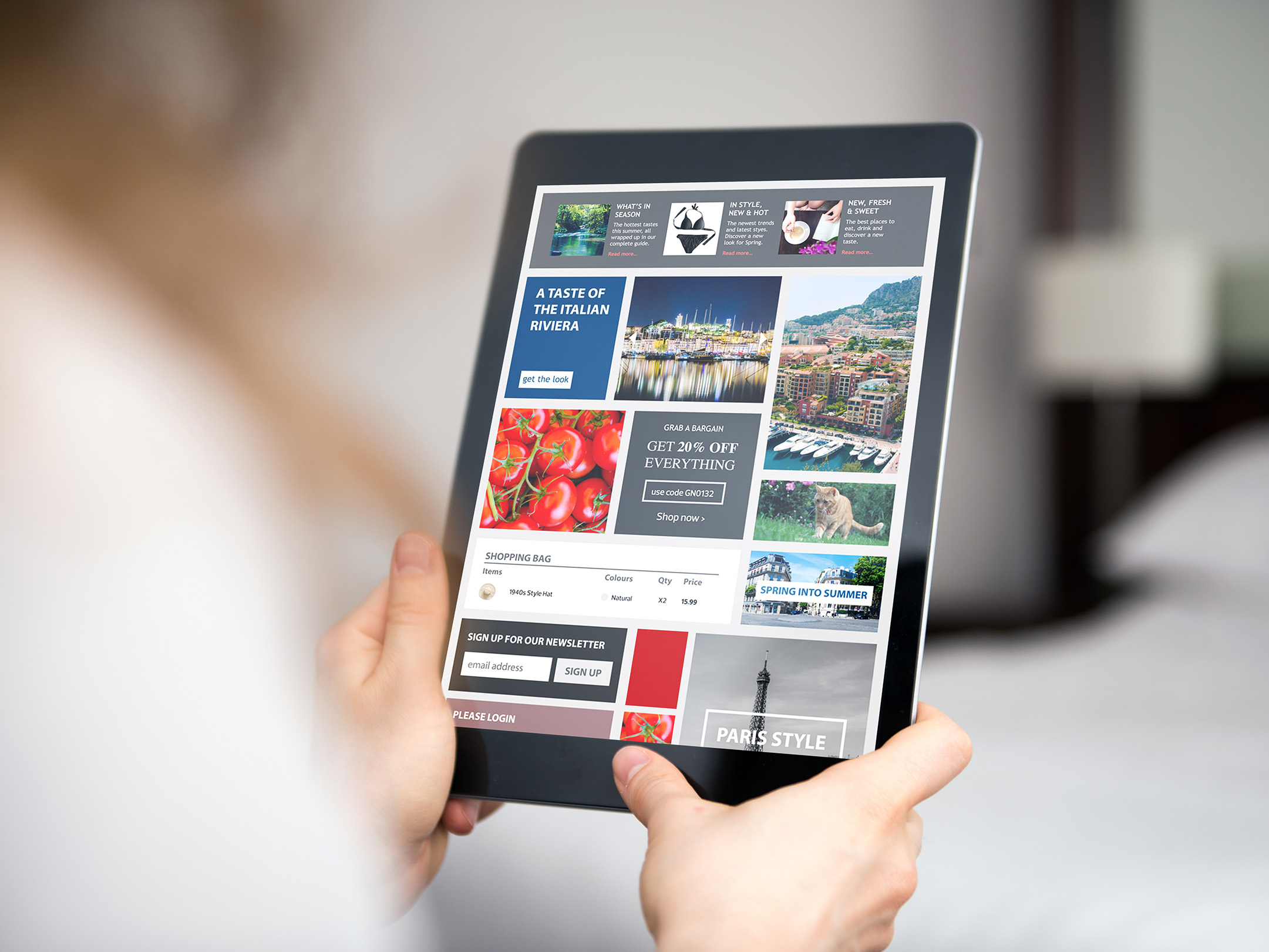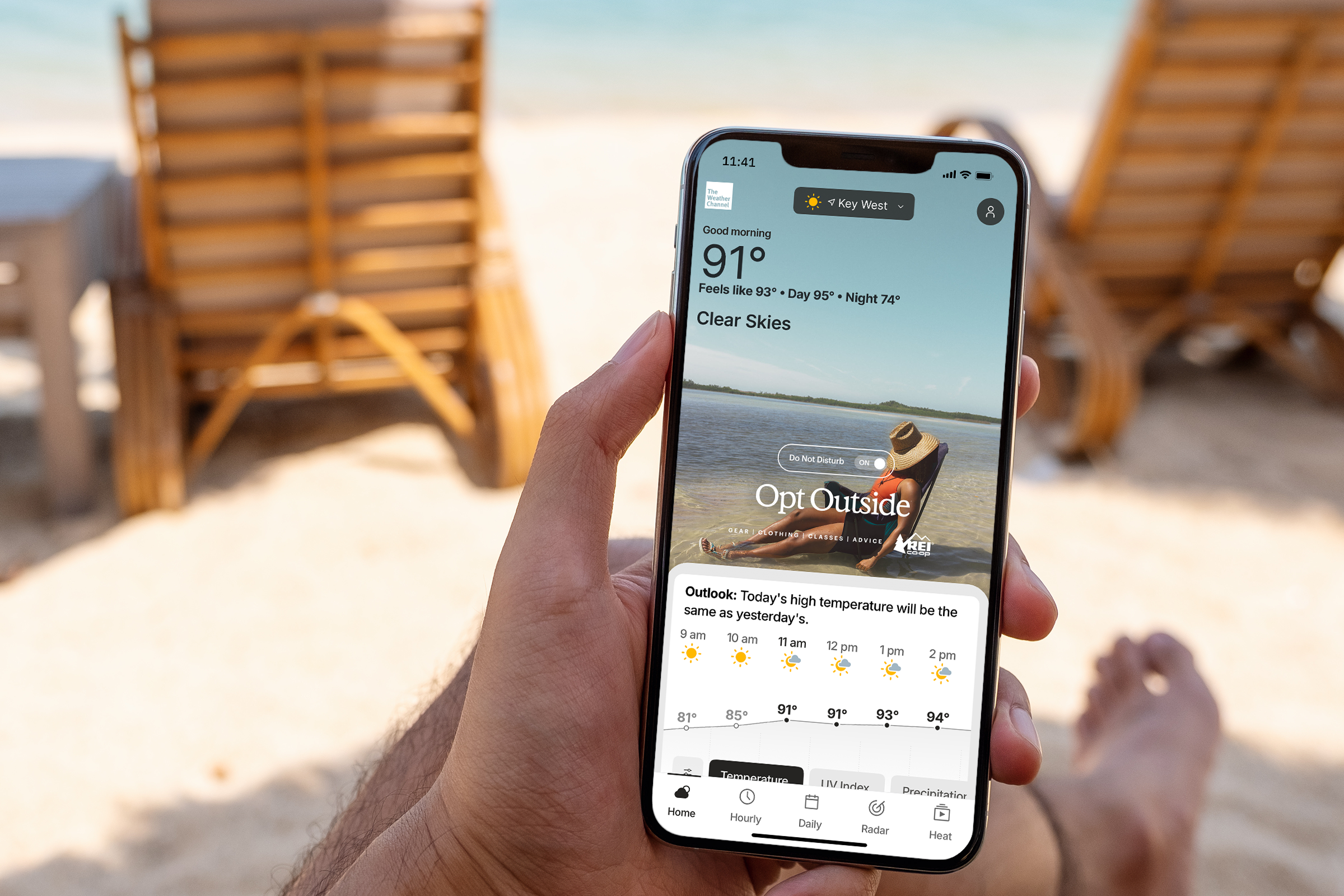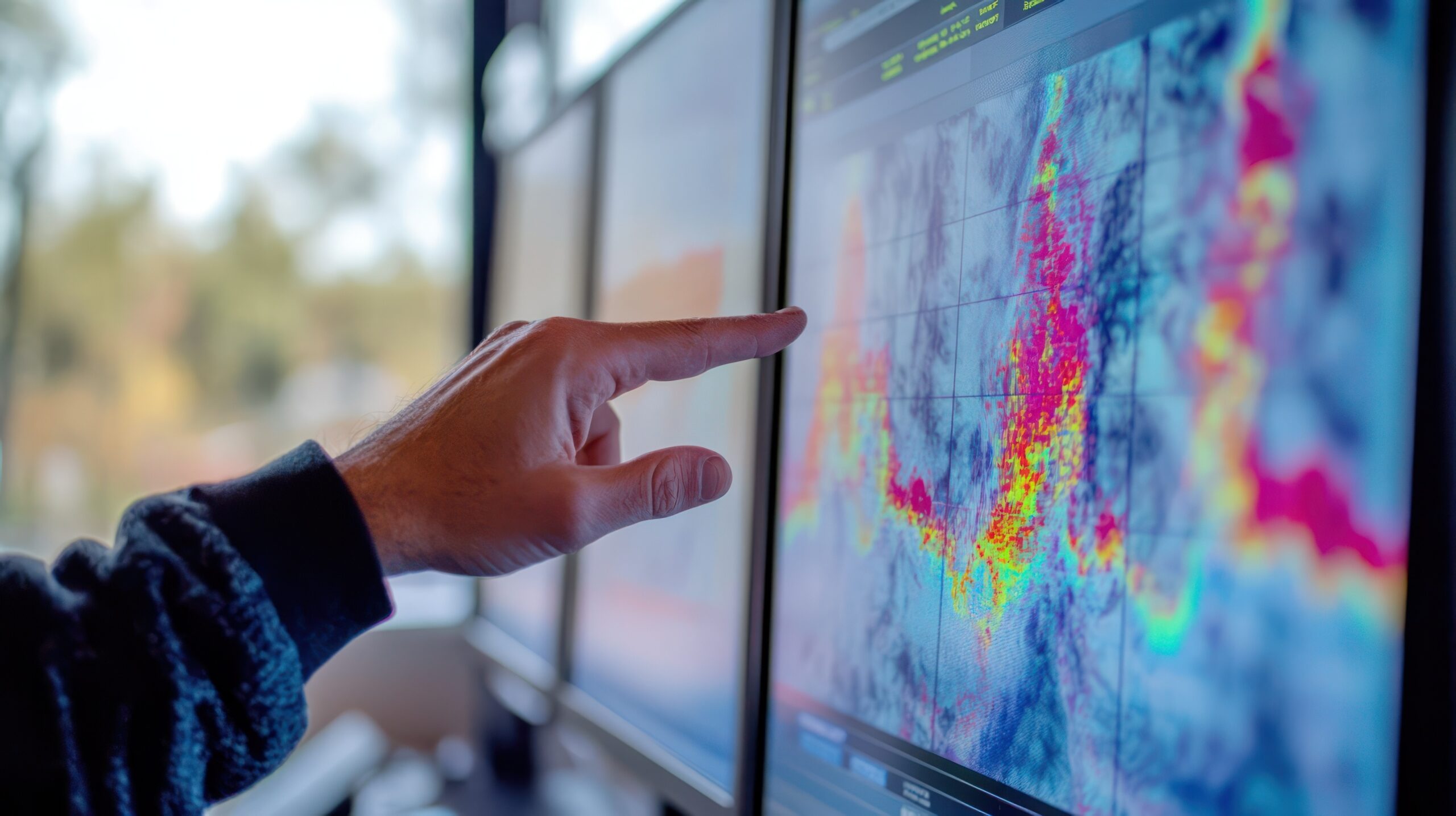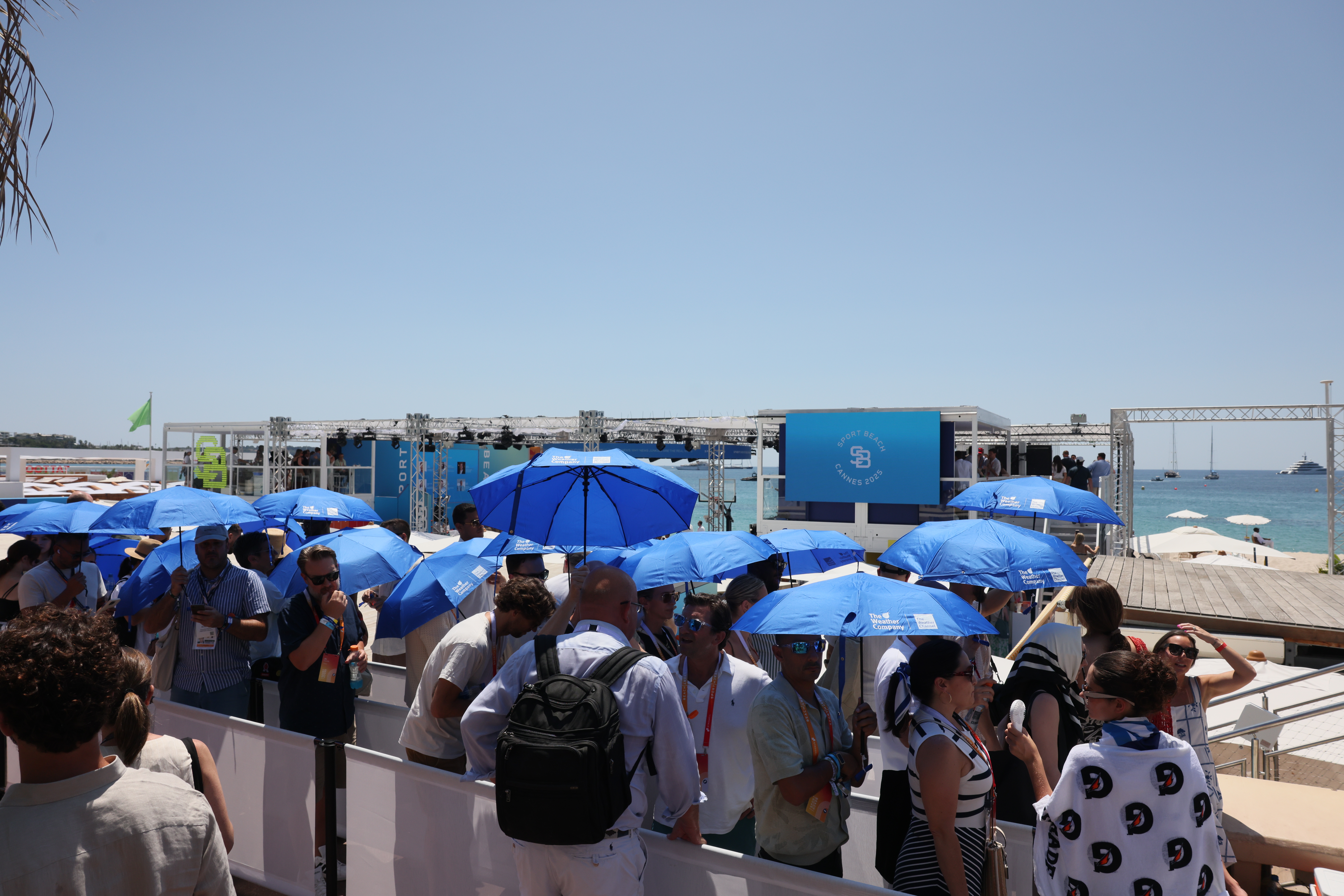Weather intelligence for the future: Crafting a strategic enterprise approach to changing environmental conditions
Continue readingAdvertising technology is rapidly advancing, opening up opportunities for advertisers to target their audience with highly personalized, relevant material that is more likely to convert. Dynamic creative optimization (DCO) is a key example, helping to uncover meaningful insights and achieve campaign success.
In this article, we’ll define dynamic creative optimization and explain how it works. Then, we’ll dive into the benefits of dynamic advertising and explore some case studies showing how dynamic creative can be used to increase conversions.
What is dynamic creative optimization?
Dynamic creative optimization personalizes advertisements toward specific viewers based on information about that viewer. For example, the ad may show different users different creative items based on their previous browsing habits or products added to their shopping cart.
Dynamic ads, because they are relevant and targeted, often outperform traditional static ads which appear the same no matter who is viewing them.
Why is dynamic creative optimization (DCO) important?
Consumers see thousands of ads each and every day. For this reason, it is very important for brands to actively engage customers through messaging and creative. DCO, or dynamic creative optimization, helps these same advertisers deliver more relevant and impactful ad experiences to these users.
In addition, DCO can also help improve the scale and efficiency of advertising. Instead of creating multiple versions of an ad to be placed on different locales, DCO does this automatically for them.
How does dynamic creative optimization work?
Dynamic creative optimization uses real-time analytics and testing to create hyper-personalized display ads. It begins by analyzing several data inputs (for example, the viewer’s geolocation, weather, device, shopping habits, browsing history, and more).
This data is fed to the DCO which automatically chooses key creative elements that are relevant to the viewer. With the elements in hand, the DCO algorithm then chooses how to display the ads in a way that has the right feel for the viewer. Powerful DCO solutions are able to then analyze how viewers respond to the ad, optimizing it further in real-time.
The benefits of dynamic creative optimization
DCO brings several benefits to the table, including the ability to:
Produce scalable, targeted campaigns
In an age of near-universal advertising and ad-blockers, creating ads that speak to your audience is necessary to cut through the noise. DCO makes it possible to produce personalized, relevant ads at any scale.
Optimize campaigns easily
Powerful DCO solutions are able to analyze consumer engagements in real-time and optimize campaign performance on the fly.
Automate processes
AI-driven creative optimization means you can reduce the time necessary to get started and allocate resources more efficiently.
Develop more effective campaigns
DCO helps you to deliver the perfect combination of elements that drive engagement and conversions.
Reduce bias
DCO makes it easier for marketers to test their assumptions, instead of relying on biases to create campaigns. However, bias can become embedded into the tools we use. Businesses like The Weather Company are committed to mitigating advertising biases through the advancement of AI tools that can segment groups in a more equitable manner. As these machine learning tools become more sophisticated, teams can further reduce bias in their advertising efforts.
How to use dynamic creative in a campaign
There needs to be a foundation of high-quality data to enable you to understand your customers, where they are, and so you can use data science to target them. To use dynamic creative efficiently, you need to consider the following three steps:
1. Create buyer personas with high-quality data
The first step is to build buyer personas for each segment that you are going to target. To do this, you need to analyze your data and learn the key characteristics of each group. For example:
- Demographic data – Age, gender, ethnicity, income, and so on.
- Geographic data – Country, region, and timezone.
- Behavioral data – Spending, browsing, and purchasing habits, as well as how the customer interacts with your brand.
- Psychographic data – Personality traits, hobbies, goals, values, and lifestyle.
This is just the beginning – there are many characteristics that might be important depending on your industry, product or service, and target segments.
The important thing is to build a picture of who your customers are, what their problems and priorities are, how you can target them, and how you can convince them to make a purchase.
2. Create multiple messages and ad elements
The next step is to feed the AI a set of assets. These assets could include product photography or videography, background elements, headline variations, and different voiceovers and calls-to-action (CTAs).
The more assets, the more variations are possible. The AI will then make use of advanced targeting data and predictive modeling to create unique experiences for each user.
The trick is to create compelling copy and CTAs based on the buyer personas you created in step one. Further, it’s crucial to stay on brand and align your messaging with your brand voice and audience needs.
3. Monitor performance and optimize campaigns
As the campaign continues, monitoring success is vital. Prior to launching your campaign, you should decide on the KPIs that will best describe whether your campaign is having success or needs to be optimized.
Using a powerful DCO solution means that the AI is able to self-train based on the highest-performing ad variations and improve performance across the board.
Industries that can benefit from DCO
DCO can benefit a large range of companies and organizations. The following industries can benefit from taking a dynamic approach to their advertising campaigns.
Automotive
With issues caused by supply chain disruptions, advertising executives are under increased pressure to make sure each dollar counts. Through DCO, automotive advertising campaigns can be personalized, while targeting users more likely to make a conversion.
Retail
Contextual signals matter in retail. Weather data can dictate the kinds of purchases someone makes, whether that be for ice cream, winter boots, or an umbrella. By leveraging location insights with weather information and AI advertising, retailers can deliver cognitive ads that will convert their audiences.
Healthcare
For healthcare advertisers, it’s important that ads don’t feel invasive, since patient data is highly personal. DCO can deliver personalized campaigns without relying on cookies or sensitive information.
The future of dynamic creative
Personalization matters in advertising. More than half of consumers1 noted that they are more likely to make a purchase from a company that provides personalized ads. Even with privacy regulations, brands need to deliver ads that are relevant to users.
By employing dynamic creative, brands can leverage contextual signals and weather-based targeting to deliver better ads without feeling invasive to consumers. In a world where advertising is becoming cookieless, dynamic creative optimization will become more important for brands who want to remain competitive.
Let’s talk
What’s your weather strategy? To learn more about increasing campaign efficiencies and personalizing messages at the most relevant moments, contact our advertising experts today.
Contact us1 The Power of Personalization report.







